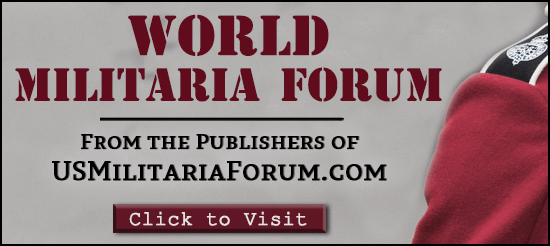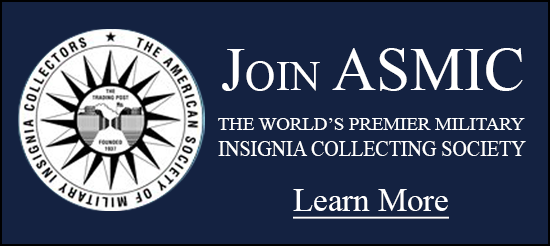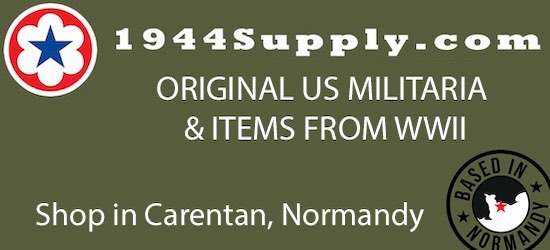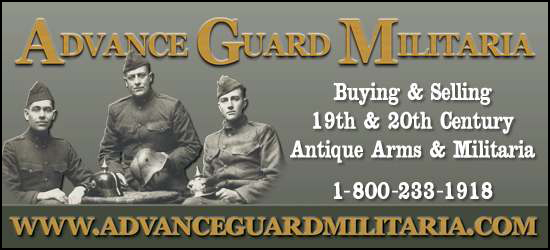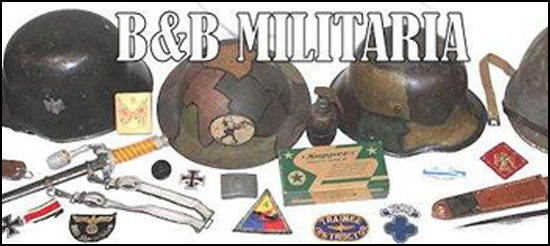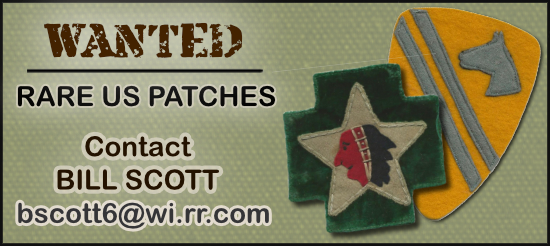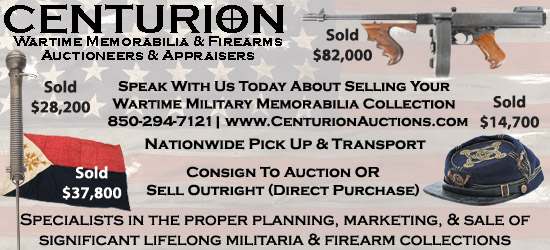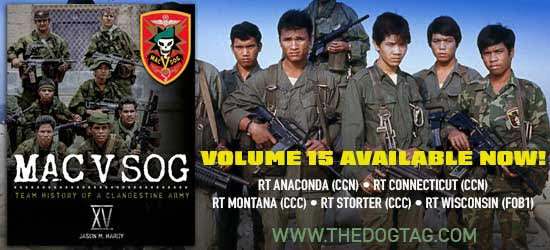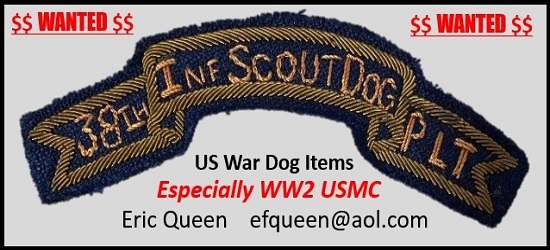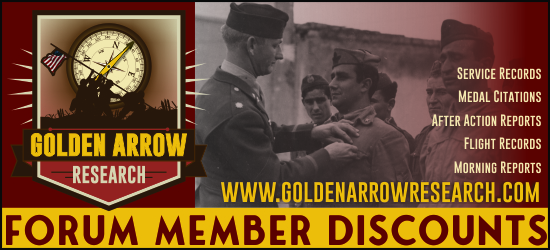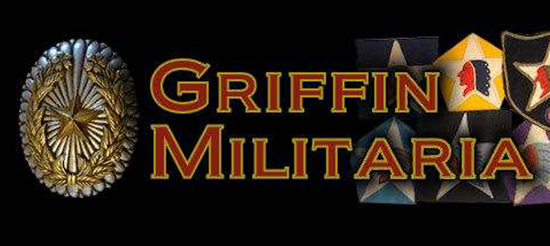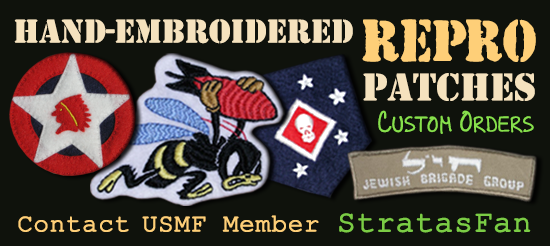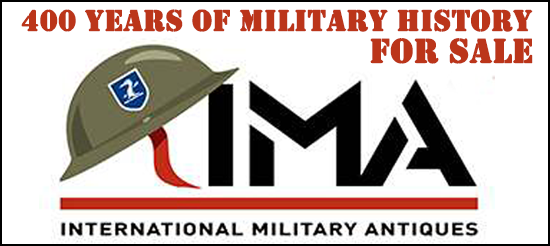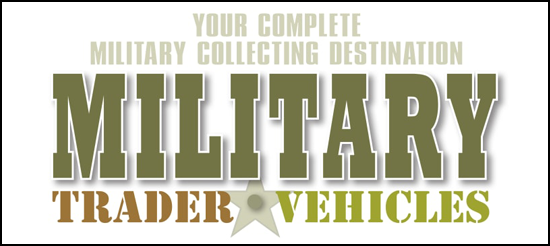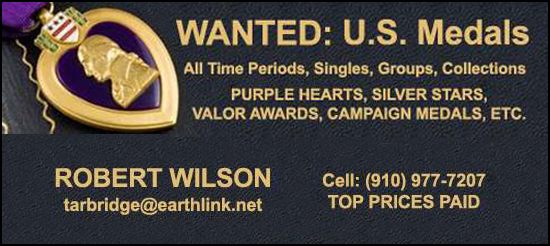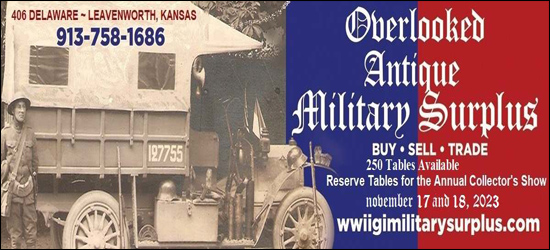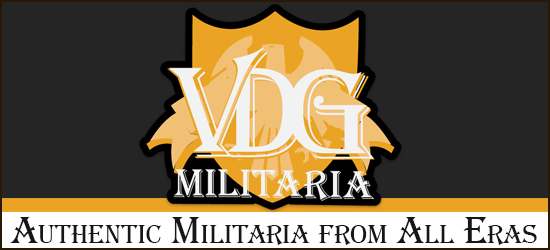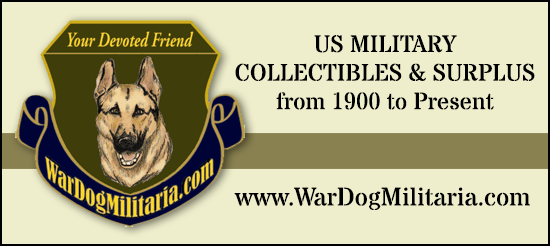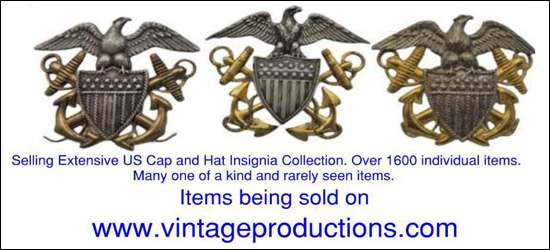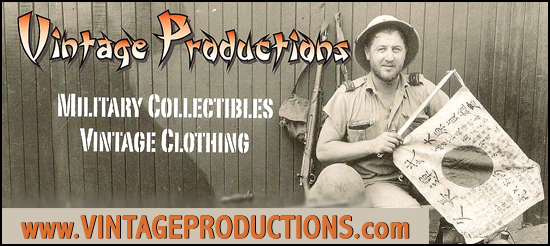-
Donate
Type donation amount in box below.
IMPORTANT! If you donate via PayPal using an e-mail address different than the one you are currently using on USMF and would like a 2024 Donor Icon added to your account, you MUST CONTACT vintageproductions or stratasfan and let them know what email address was used for the donation.
Thank you for supporting USMF.
Donate Sidebar by DevFuse -
Recent Posts
-

By robinb · Posted
I have 679### and 684### and the flaming bomb is different from the OP's. -

By hink441 · Posted
Okay, not a lot of interest in these wheels but hopefully someone is enjoying these. 😁 Here is the wheel from the USS Coronado LPD-11 / AGF-11. Love these wood and brass classic wheels. -
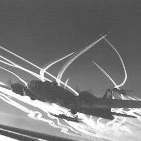
By B-17Guy · Posted
Thanks for the information. Great insight to the process! John -
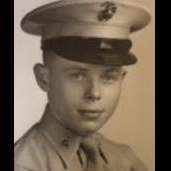
By USMCR79 · Posted
Keep in mind that this style of planchet was used on the 10 year medal (Class 4) and the 15 year medal (Class 3) Number 227 Class 4 was issued in 1894 to Captain George J. Becker from Company "G" 65th Infantry Regiment New York Militia Number 227 Class 3 was issued in 1896 to Hospital Steward Thomas W. Linton with the 7th Infantry Regiment New York Militia This medal could have belonged to either of these men. Bill -

By zwood1218 · Posted
If you’re ever interested in parting with the forest alphas since I have his M-41 let me know. Frank’s M-41 is my favorite paramarine piece of my collection and I love teaching with it. -

-

By haw68 · Posted
These are hubs. Hob or Master Die are also acceptable terms. A Hub is a type of die whose sole purpose is to create a stamping die (a die used for stamping finished goods). Hubs (and stamping dies) can be incuse or relief (design raised or sunken below surface). So, these are the hubs used to create the stamping dies which produced the wings insignia. Note, the design on a hub will be the same as the finished item, a stamping die will always be a reverse image of the items being produced. I've seen factories make hubs that were made from tool steel that was no more than 1/4" thick. Heft isn't important so long as the hub serves the purpose of making die. I believe the detail in these is complete. Hard to tell for sure with all the grime on these. Sometimes a hub was made with details missing. For example, a hub may exclude a city name or date. By doing so, the same hub can be used for events that took place multiple years or in different cities by hand stamping the letters/numbers into the die after the hub details are pressed into it. After a hub is used to create a stamping die it was also common for an engraver to touch up or add details to the stamping die. For example, some of the fine feathering details may be missing in the hub and added to the die. The larger the item being stamped and the deeper the relief is the more difficult it is to get all details. Coining dies at the U S Mint are intentionally designed with very shallow relief and lacking great detail so they can stamp out many items very quickly. This isn't true of dies used for other purposes in other industries. Tooling for leather working and printing are much different and would never be confused with or be used interchangeably with tooling used for stamping insignia. I have examples of printing blocks and leather working tooling in my collection as well. I'm glad to share information and educate anyone interested in understanding or learning more. I am not too far from where ASMIC show is this year and would be glad to meet with, bring examples, or answer questions at the show. I won't have a display table this year. PM me if interested. -
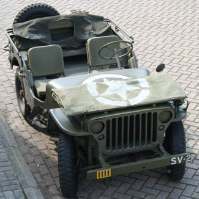
By Johan Willaert · Posted
Thx, nice badge... It is from a civilian model, military model badges had the holes horizontally orientated... Still a great display piece.. -
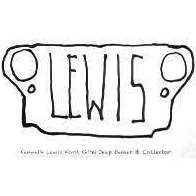
By General Apathy · Posted
. The question rumbles on painted or not painted . . . . . . Myself and I would say a number of other collectors would like to find a definitive answer as to whether PSP airfield matting was painted or treated by tempering or quenching as it has lasted eighty long years laying in the fields of Normandy. Everything I have seen here so far I can't say that I have seen any remains of paint on any of them ( I have fifteen sheets myself, all without any sign of paint ) . I once saw what looked like an unused sheet thrown in the village dump, I didn't pay a great deal of attention as I thought I had done a deal with the manager of the dump to save it for me, which he hadn't when I returned later, but I seem to recall it looked more like it appeared blackened by Tempering or Oil Quenching than painted. I recently found this great photo of two servicemen sat near piles of unused PSP sheets on a beachhead, it might have provided the perfect answer had the photo been a colour shot. Then contrast that with this other monochrome photo from a manufacturing facility with it passing around the factory on a ' Paint Conveyer '. Norman D. Landing, Forum Normandy Correspondent, June 27 2O25. …. -

By M1Garandy · Posted
It can be done without, but handguard clip pliers make that job infinitely easier.
-
-
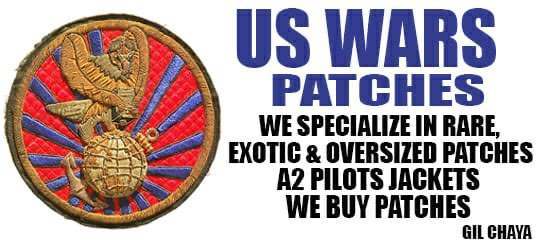
-
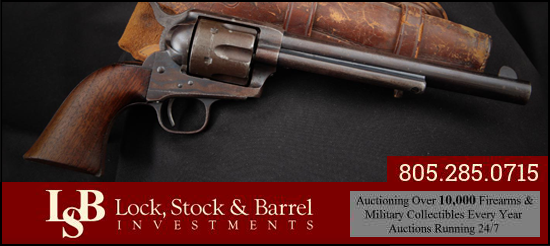
-
* While this forum is partially supported by our advertisers, we make no claim nor endorsement of authenticity of the products which these advertisers sell. If you have an issue with any advertiser, please take it up with them and not with the owner or staff of this forum.

